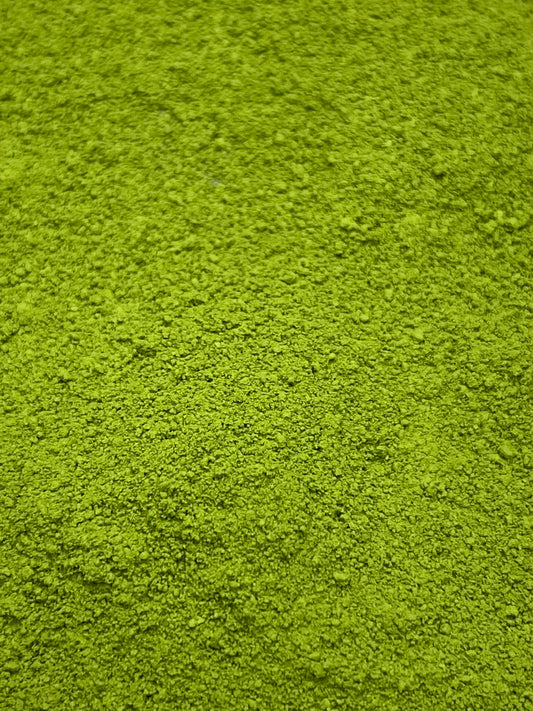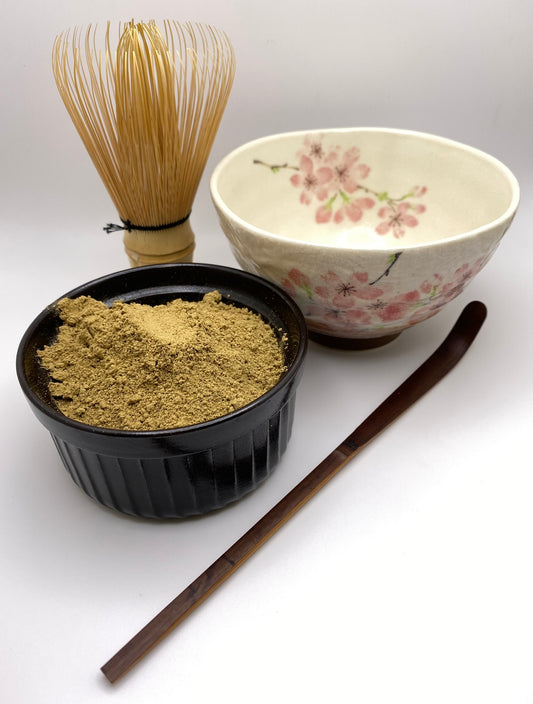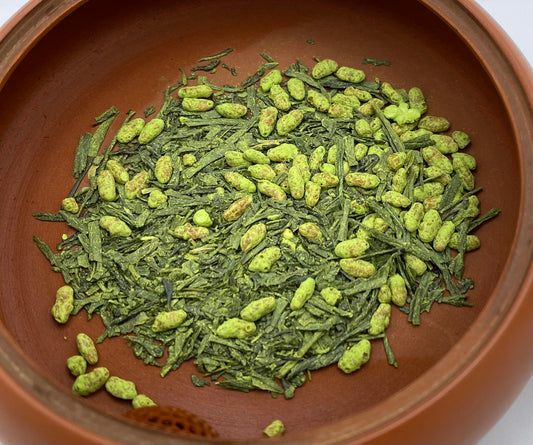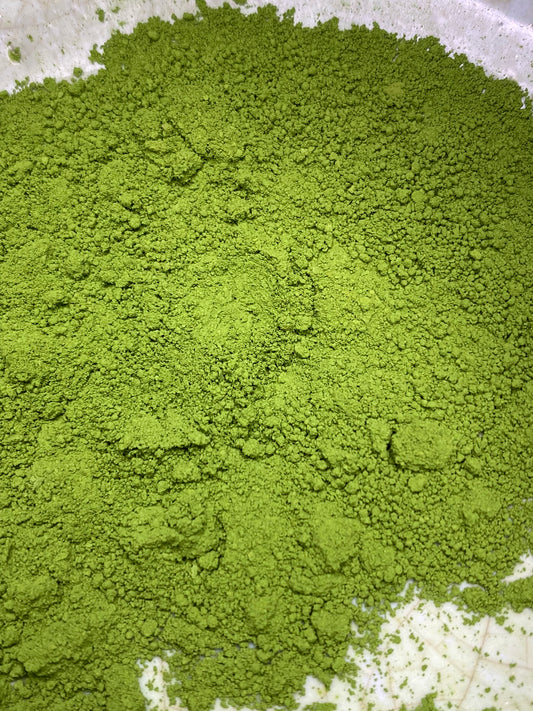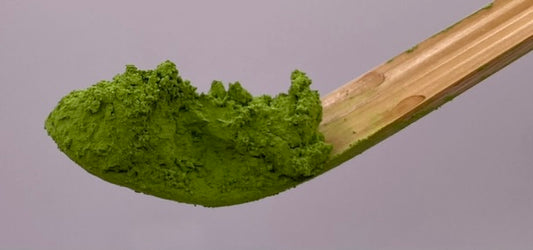Collection: Matcha
The Japanese word matcha comes the combination of two words: ma means "rubbed or ground," and cha means "tea." Matcha is generally made from leaves grown in the shade, just like gyokuro. Many weeks before harvest, the tea bushes are covered by a shade structure and straw mats to reduce the growth and encourage higher chlorophyll levels and L-theanine, an amino acid. The leaves are harvested during First Flush, the first of three harvest seasons of the year.
The leaves are first rolled and dried, and then they are stone-ground into a fine powder. Stone grinding must be performed slowly and carefully so to not create too much heat that would alter the aroma and taste of the matcha.
Matcha can be made two ways: (1) using sencha leaves to create a traditional bright green matcha; or (2) using the sencha leaf stems to create a toasty, chocolatey bo hojicha matcha, which is rising in popularity.
Matcha prices vary according to their grade: Culinary grade is good for matcha lattes and culinary recipes; Premium grade is appropriate for ujicha (thin tea); and Ceremonial grade is the perfect choice for koicha (thick tea). See Brewing Recommendations under each tea's profile for preparation tips.
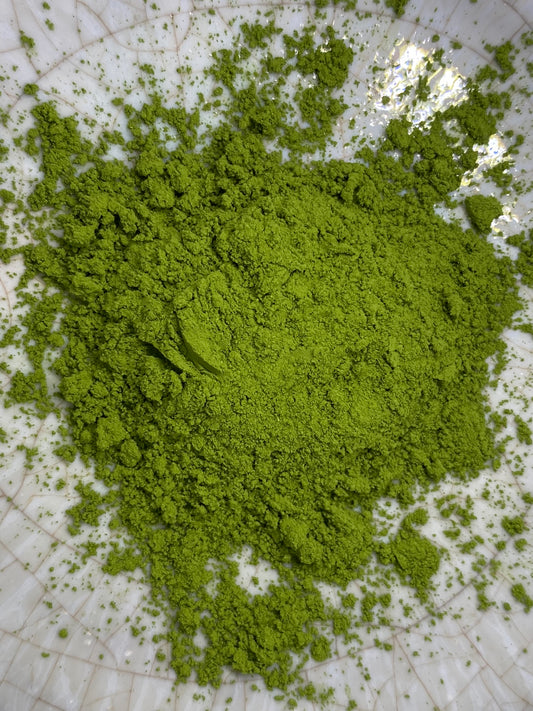
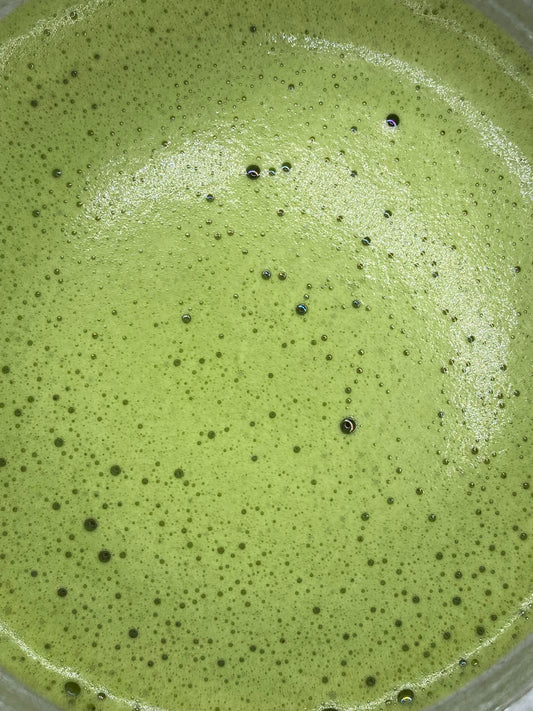 Sold out
Sold out


